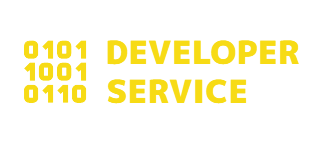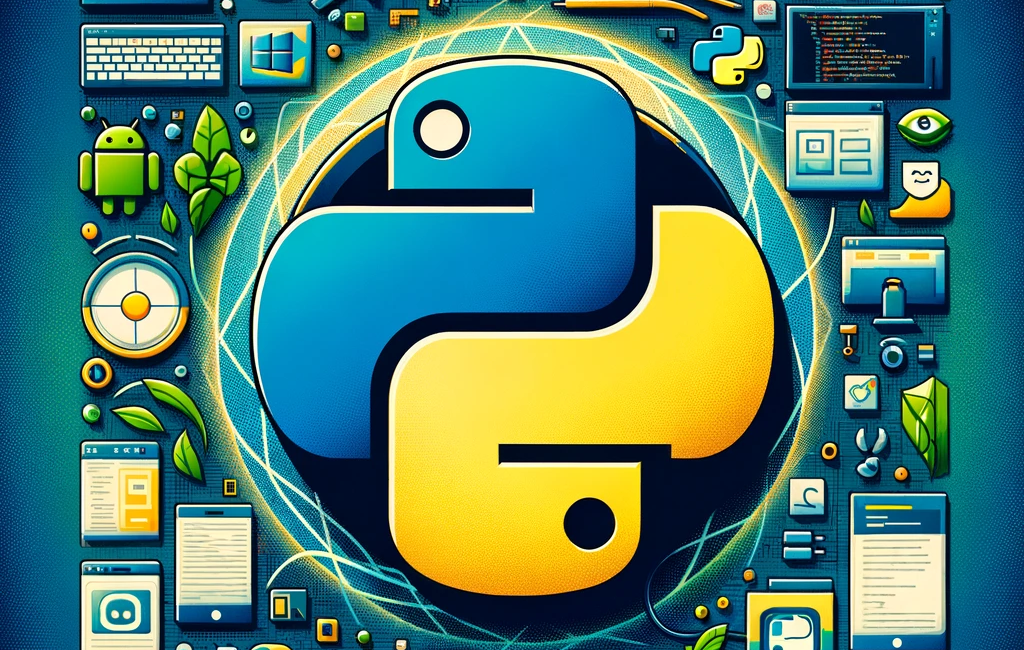Building applications with Python has become increasingly popular due to the language's simplicity and versatility.
Among the various frameworks and tools available for Python developers, BeeWare stands out as a unique and powerful option.
This article explores the fundamentals of building apps with Python using the BeeWare suite, detailing its features, benefits, and how it compares to other popular frameworks.
Introduction to BeeWare
BeeWare is an open-source collection of tools and libraries for building native applications in Python.
It allows developers to write their app in Python and then deploy it on multiple platforms, including Windows, macOS, Linux, iOS, and Android, with a native user interface.
This cross-platform compatibility is a significant advantage, saving time and resources that would otherwise be spent on developing separate apps for each operating system.
Key Features of BeeWare
- Native User Interface: Unlike some frameworks that mimic native components, BeeWare uses the native user interface elements of each platform, ensuring that the apps look and feel like they belong on the platform.
- Python Everywhere: BeeWare apps are written entirely in Python, allowing developers to leverage their existing Python skills and libraries.
- Toga: A key component of BeeWare, Toga is a Python native, OS-native GUI toolkit. It's an open-source library that provides a common interface to platform-specific native GUI elements.
- Briefcase: Another crucial tool in the BeeWare suite, Briefcase is used for packaging Python projects as standalone native applications on various platforms.
Advantages of Using BeeWare
- Cross-Platform Development: Write your code once and deploy it on multiple platforms without significant changes.
- Native Look and Feel: Applications built with BeeWare blend seamlessly with the native ecosystem of each platform.
- Pythonic Development: Full access to Python's vast ecosystem of libraries and tools.
Comparing BeeWare with Other Frameworks
While frameworks like Kivy or PyQt also offer cross-platform capabilities, BeeWare's unique selling point is its use of native widgets.
This means apps developed with BeeWare typically have better performance and a more native look and feel compared to those using other Python frameworks.
Challenges and Limitations
Despite its advantages, BeeWare is still growing and may not have as extensive a range of widgets or as much community support as more established frameworks.
Additionally, complex applications requiring highly specialized native features might encounter limitations.
This article is for paid members only
To continue reading this article, upgrade your account to get full access.
Subscribe NowAlready have an account? Sign In

